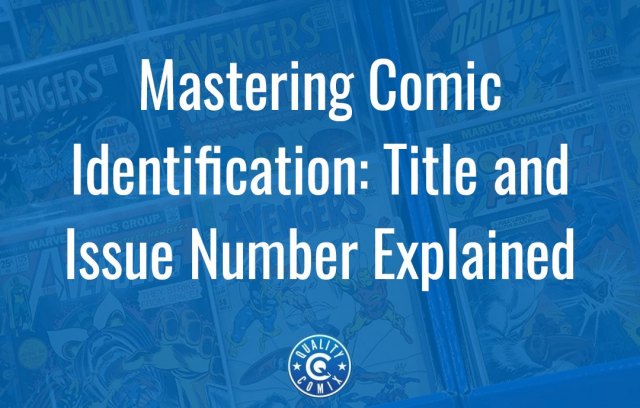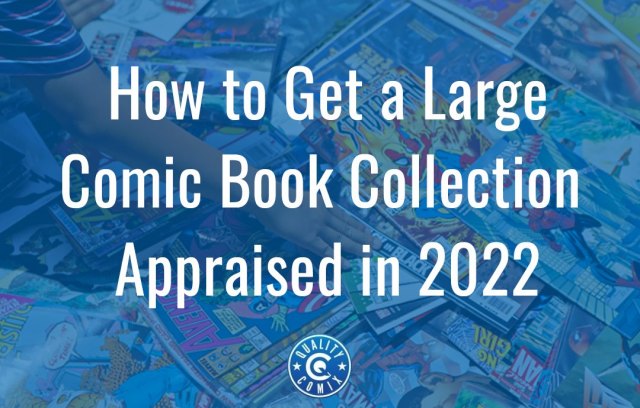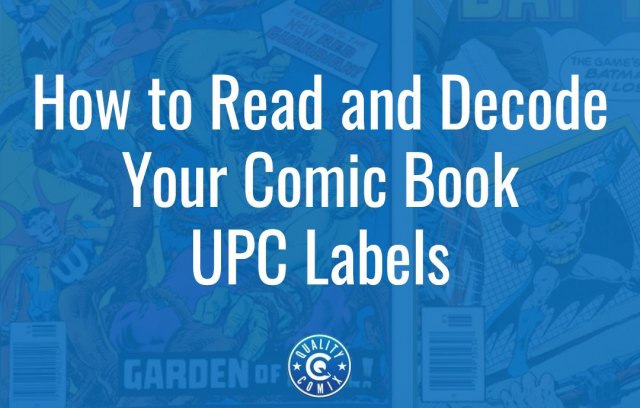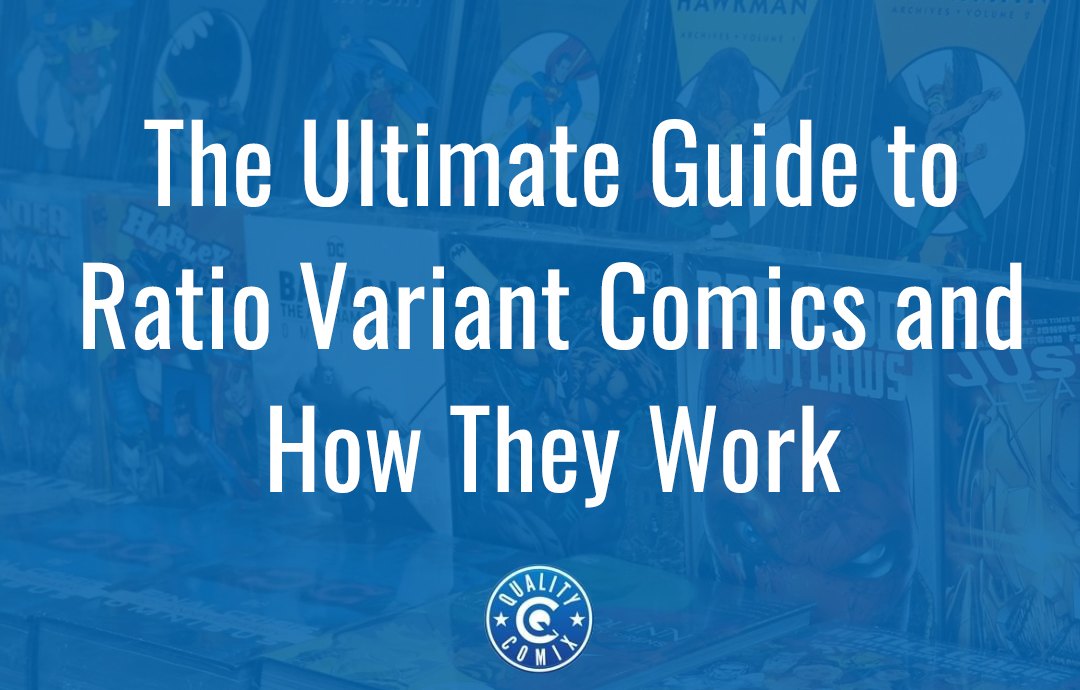
Comic collectors are likely at least somewhat familiar with the concept of variant comics, but did you know there are different kinds of variants?
Let's talk about what variants are, what kinds of variants exist, and what the most common type – the ratio variant – is, and how much it's worth.
Table of Contents
What is a Variant?
In simple terms, a variant is a version of a comic that varies in some way from the "base" comic. In the old days, before variants were intentionally marketed to collectors, the variance would be minor, something like the difference between newsstand versions and direct editions of comics. These were very minor, with the only difference between them being the barcode box on the cover.
Other variants of similar age might have included differences between print runs, differences in regional pricing, and other minor differences. Generally, they were all minor, and sometimes they were unintentional.
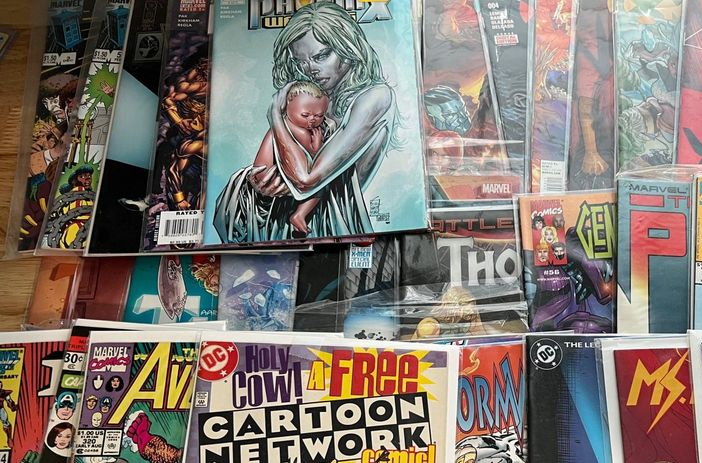
Image source: Facebook Marketplace
Eventually, the comic publishers noticed that rarer variants of comics would sell for more on the secondary market, so they started to create their own intentional variants, with any individual comic often having 3-5 different versions available. These were specifically marketed to collectors and played a pretty big part in the comics crash of the 90s.
What Kinds of Variants Exist?
Variants range from unintentional to intentional. Intentional variants can be small details used for differentiating markets, or they can be major changes meant for marketing and collecting purposes.
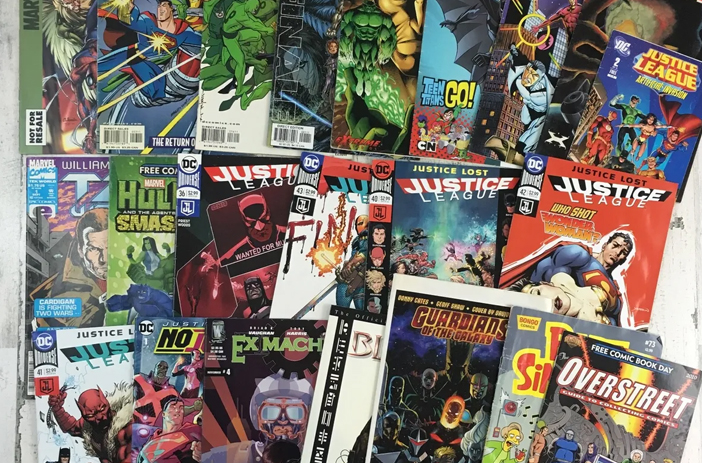
Image source: eBay
Let's go through the most common kinds of variants.
- Convention Variants. These are variants of a comic you can only get from a vendor at a convention. One version is shipped to all the various comic stores; the other can only be picked up in person at some locations like NYCC, ECCC, or SDCC. They tend to be very rare because only a limited number are made to hand out at the convention in question.
- Retailer-Exclusive Variants. These are variants that are given as a special pack-in for bulk orders of comics by retailers. A store might have to commit to a certain size order to get copies of the retailer-exclusive variant, and they are sometimes even customized for the specific retailer that ordered them.
- Store Variants. These are similar to retailer variants, except the store takes the initiative to commission variant covers. These can be popular storefronts or even custom stores for the artists using their own artwork to sell special versions of their comics from their personal stores. They're generally very limited in print run.
- Basic Cover Variants. This is a broad category that encompasses any kind of variant with a significantly different art on the cover. The inside of the book is the same, but the cover can vary greatly. The first mass-market version of this was Man of Steel #1, which had A and B variants.
- Pack-In Variants. There are a variety of different variants characterized by add-ons to the package, which are advertised on the cover. For example, DVD Variants are variants with a "not for resale" tag, which were packed in with DVDs of movies related to the comic. Combo Pack Variants are variants that came with digital download codes for electronic versions of the comic and advertised that fact. Otherwise, the comics are identical to their normal counterparts. Toy variants, similarly, were comics packed in with action figures and other toys.
- Foreign Variants. These, as the name implies, are variants of comics printed in other languages besides English. Some are rarer than others, and the older they are, the more likely they are to hold value. Modern comics are often printed in dozens of languages and aren't really scarce, but older comics can be more sought-after.
- Mail Redemption Variants. If you've ever seen a cereal box or a box of cookies with "collect UPCs/codes and redeem them for a prize" advertisements on them, that's what these were. Publishers partnered with snack companies to provide options to redeem proof of purchase for a copy of a comic with a unique cover. Valiant, the publisher, is noteworthy for having done this with several comics, asking readers to cut coupons out of the standard issues to redeem for a variant issue, which makes whole versions of the non-variant copies even more sought-after as well.
- Reprints. Technically variants, reprints are just new, reproduction print runs of old, famous, valuable comics. They often, though not always, have significant identifying features on the cover indicating that they're reprints and are thus much more common and less desirable than the originals.
- New Print Run Variants. When a popular comic sells out, publishers sometimes print more to meet demand and sometimes add a "second print" or other flags to indicate it's not the original run. These may correct (or introduce) errors, or they may be 1:1 copies, and it's sometimes hard to tell the difference.
- Whitman Variants. These have a special logo for Whitman and allowed the comics to be sold directly and at outlets other than the usual convenience stores. They only existed for a while in the 80s and thereabouts.
Some variants are also less intentional. Error or Recall Variants, for example, had some kind of issue or error with them that meant the publisher recalled them and issued a corrected version. The error versions are sought-after as rarities because of that recall.
And, as mentioned in the article we linked above to newsstand variants, you also have a lot of price and regional market testing variants. You'll have Canadian variants, variants with 5 cents higher prices, and various combinations of market tests to see what the market could bear before the publishers made those changes company-wide.
Alright, What Are Ratio Variants?
Ratio variants are a broad category of variants that encompasses most of the other variant categories we just talked about. It's specifically for intentional variants rather than unintentional, regional, or price variants.
Any time a variant is intentionally created in smaller numbers than the base version of a comic, it can be considered a ratio variant. They are printed in a predetermined ratio of original to variant covers. You'll typically see ratios such as:
- 1:1
- 1:25
- 1:50
- 1:100
- 1:500
Understanding the ratio is simple: With the format of 1:X, for every X number of a standard cover, 1 of the variant is printed. So a 1:1 comic has equal numbers of each variant in circulation, while a 1:500 means that for every 500 copies of the original, one copy of the variant was printed, making the variant 500x rarer than the original.
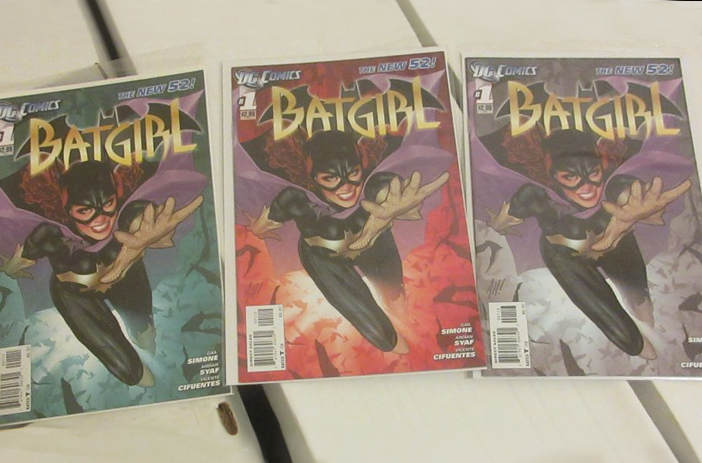
Incentive variants are the most common kinds of variants because the variant itself was the incentive for stores. Publishers might have a deal where any store that orders comics can order them in groups of however many, receiving a copy of the variant for each. In the case of a 1:100 variant, for every 100 copies the store orders, they receive one variant; if they have hundreds of interested customers, they can benefit by having the rare variant to sell for a premium.
The ratio can come up in two different ways: the official ratio and the estimated ratio.
The official ratio is for cases like a dealer or store incentive, where the publisher has a set ratio they advertise. A 1:100 ratio from a publisher is pretty clear.
Estimated ratios, on the other hand, are estimations of what the real ratio is. This can be used for actual incentives (because of a detail we'll get to momentarily), or it can be used for unofficial variants like regional, price, and misprint variants. In cases where the official numbers weren't tracked, unofficial estimations can produce a ratio to indicate how rare a comic variant is in the real world.
The trouble with official ratios.
The trouble with official ratios is that they don't always work out in real life nice and clean.
Say a publisher advertises a 1:500 ratio. Ostensibly, if they print 250,000 copies of the base comic, they should have 500 copies of the variant out there as well.
What happens, though, if a few stores only order 250 comics? Not every local comic shop has the local population necessary to make buying 500 copies of a comic a sound investment, after all. Small-town shops are often left out of these kinds of promotions specifically because they aren't likely to order enough to reach the incentive level.
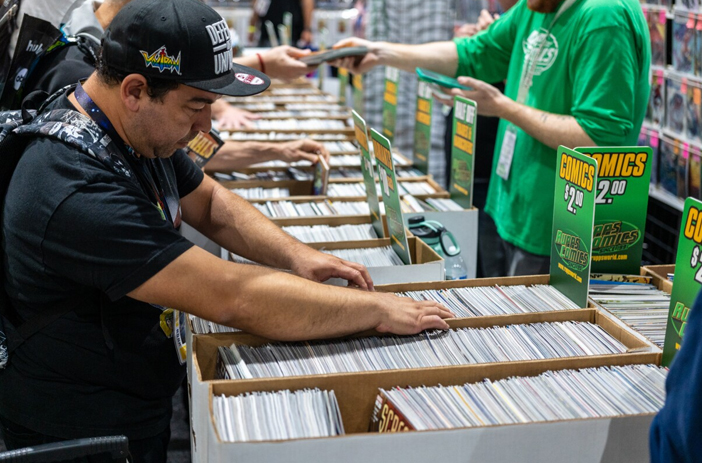
Image source: https://www.kpbs.org/news/local/2023/07/20/photos-pop-culture-san-diego-comic-con-international
If, say, 20 various stores only order 250 copies of a comic, that's 5,000 copies of the comic in circulation, but none of them qualify for the incentive. That means there are 10 copies of the variant that should be in circulation but aren't.
What happens to those copies? It varies. Sometimes, they sit in a warehouse, unsold, until a publisher finds and decides to do something with them. Sometimes, the publisher continues to print and sell the regular comic until all the variants are shipped out, then stops the incentive. Sometimes, they're sold as special events later or packaged with future materials. Sometimes, they're destroyed. It's impossible to say.
All of this means that a ratio is functionally the base for rarity, but ratio variants can be much rarer than their ratio would indicate. Use the ratio as a gauge of how rare a variant is and, thus, how valuable it can be.
How Valuable are Ratio Variants?
There's no firm answer to this question.
As with any comic, the way to find out how valuable it is is to examine the condition of the book. Then, you can compare it to others online, with listings, recently sold prices, auction results, and other details.
One general rule of thumb for ratio books is to use the "ratio price" for the book. Under the assumption that normal copies of the book are worth $1 in the dollar bin, the other half of the ratio is what the ratio price will be. So a 1:25 variant would be $25, a 1:50 would be $50, and so on.

This only holds true for books that are generally valueless normally and for variants in good condition. The worse the condition of the book, the less it's worth, even if it's a relatively rare variant.
The exception is, of course, noteworthy and key issues. Variants of these can be much more valuable than their base, but they aren't necessarily a reflection of the ratio. A 1:500 variant of a key issue worth $100 isn't necessarily going to be worth 500x that $100. That said, depending on the desirability of the variant, it might be more, or it might be less.
There's also the pressure of incentive variants. Consider a scenario where an incentive is a 1:50 book. A small comic shop that usually orders 30 copies of a book to sell might want to order 50 for the variant. This means the base version might be marked down a bit so they can sell all of the copies rather than having that extra 20 just taking up space; at the same time, the variant might be marked up more to account for the added expense and potential unsold inventory.
Should You Collect Ratio Variant Comics?
That's entirely up to you!
Some people like to collect every version of a comic they like. Sometimes, the publishers take advantage of this by making panorama covers or comic variants that tell a miniature story on their covers or some other gimmick. Maybe you like that; maybe you don't.
Some people like to collect variants by specific artists, from specific authors, or of specific characters. Some people collect basic variants but leave aside the holofoil, the lenticular, and the other gimmick variants.
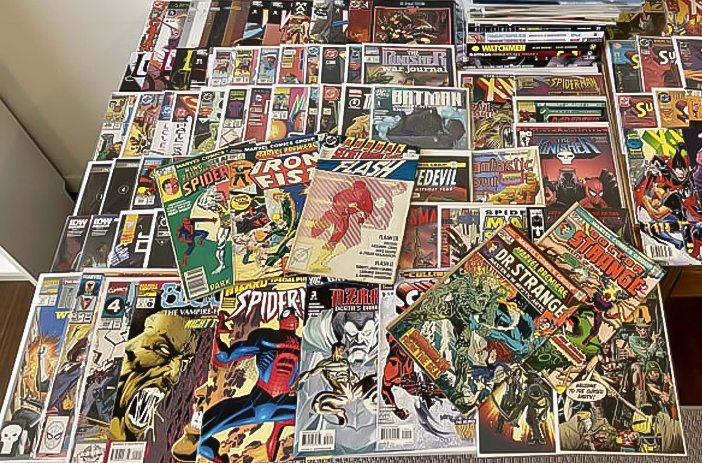
Image source: https://gumtreeau-res.cloudinary.com/image/private/t_$_20/gumtree/01ca63b6-622c-4d5c-ba4e-ca69f1c7fa16.jpg
Some people don't like the idea of variants, especially incentive and ratio variants that are purely marketing gimmicks and exist just to drive up secondary market prices and get more money out of collectors.
Whatever the case may be, it's your choice to make. If you want to buy comics, whether they're keys, variants, or something special, our storefront has you covered. And, if you have comics to sell, whether they're an old collection, a few valuable keys, or interesting variants, you can reach out to us as well. We're always happy to help!

